Why malls are thriving in the Middle East
Malls remain key to luxury sales in the Middle East. But standing out in these evolving lifestyle hubs requires a mix of high-touch service and spectacle.



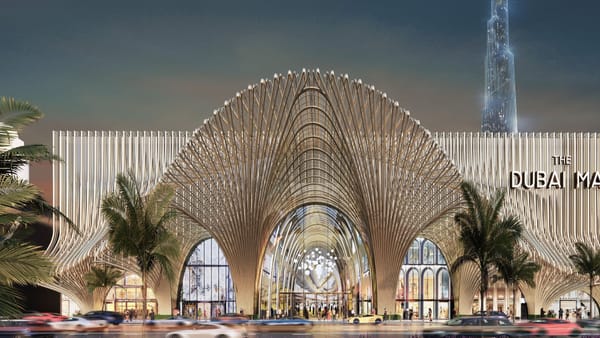
Malls remain key to luxury sales in the Middle East. But standing out in these evolving lifestyle hubs requires a mix of high-touch service and spectacle.

The most visited destination on earth isn’t the Eiffel Tower or the Empire State Building — it’s a mall.
Specifically, the Dubai Mall. In 2024, the sprawling shopping complex attracted 111 million visitors, drawing 99% of all international visitors to Dubai for a third consecutive year. With over 1,200 retail stores, world-class entertainment options, and direct access to the Burj Khalifa and Dubai Fountain, the destination has become the ultimate symbol of luxury and leisure.
Beyond Dubai, mega malls are booming across the Middle East. Saudi Arabia, for one, is undergoing a major transformation, with Solitaire Mall opening in February 2025 and The Avenues Riyadh and Mall of Saudi slated for 2026.
These shopping centres aren’t just propping up tourism; they’re propelling the region’s luxury industry. In 2024, the Gulf Cooperation Council (GCC) personal luxury market grew 6% year-over-year to $12.8 billion, outpacing the world’s largest luxury market, Europe, which rose 3-4% to $128 billion (€110 billion).
By 2027, the GCC luxury market is expected to reach $15 billion, supported by ongoing retail expansion, including at least eight new malls in the UAE and Saudi Arabia, according to Chalhoub Group.
Malls in this region are no longer retail spaces; they’re curated environments that bring together shopping, service, culture, and community, says Marco Passoni, Senior Executive VP of 2.0 & Partners, a London-based consultancy specialising in travel retail.
“This resonates strongly with both local consumers and international visitors, especially Chinese travellers, who now choose the Gulf as the main destination rather than a stopover. They come for experience, not convenience. In-person retail delivers that. Atmosphere, theatre, and emotional connection. No online platform can replicate that feeling,” he explained.
In 2024, Dubai welcomed 824,000 Chinese visitors, up 31% year-over-year, while Saudi Arabia logged a record 140,000 Chinese arrivals, bolstered by favourable visa policies and expanding tourism infrastructure.
However, the typical brick-and-mortar setup isn’t enough to entice consumers — they expect immersive, novel experiences. Think of living entertainment, amusement parks, shopping festivals, and even marathons, such as the new initiative launched in Dubai this August to beat the heat and promote wellness.
Exemplifying this shift is House of Hype. Billed as the “No.1 indoor experience to escape the heat,” the immersive amusement park features gaming stations, content creator stages, shopping, and dining options. After a successful launch in Riyadh in 2023, House of Hype expanded to Dubai Mall earlier this year with 18 experiential zones and six stylised food stalls.
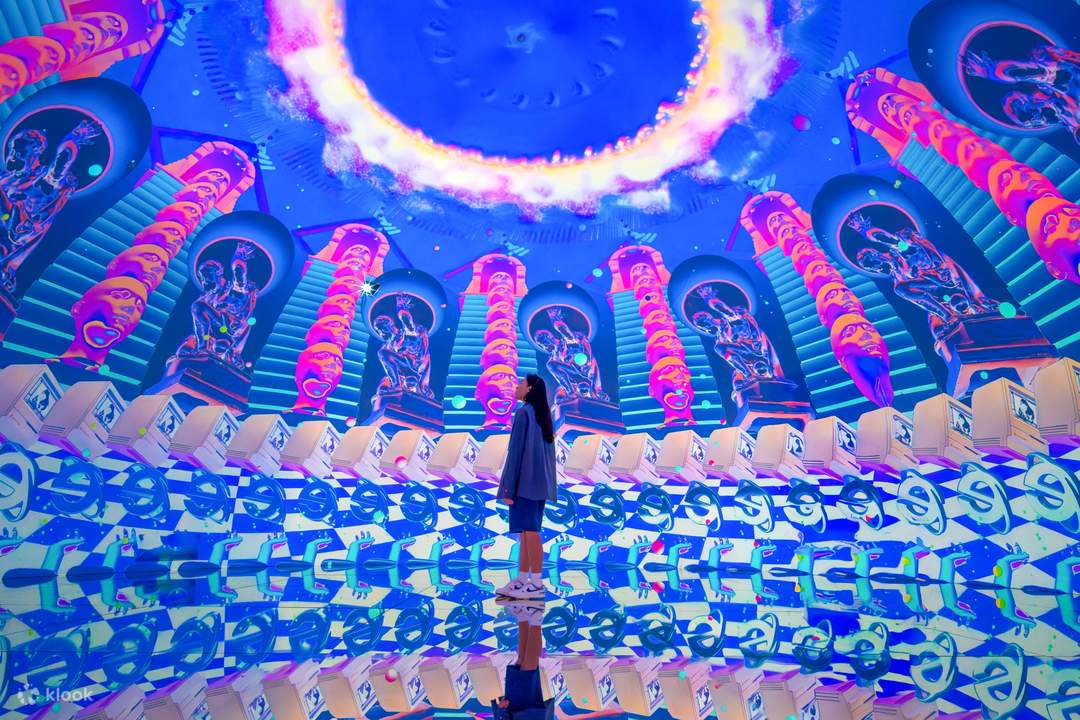
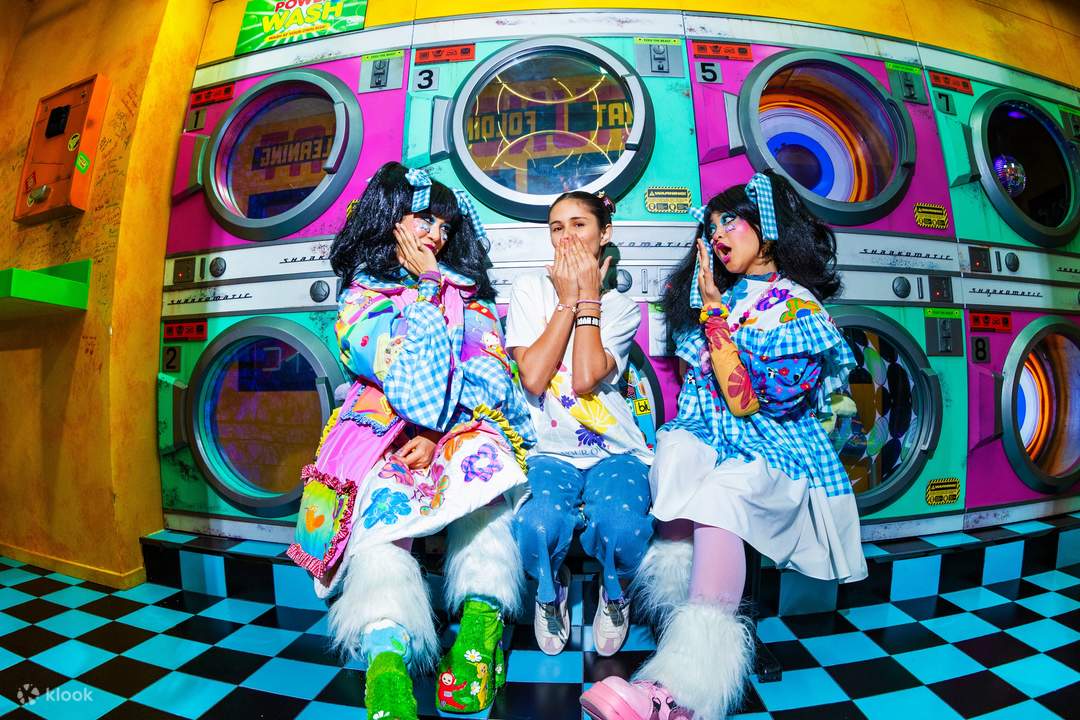
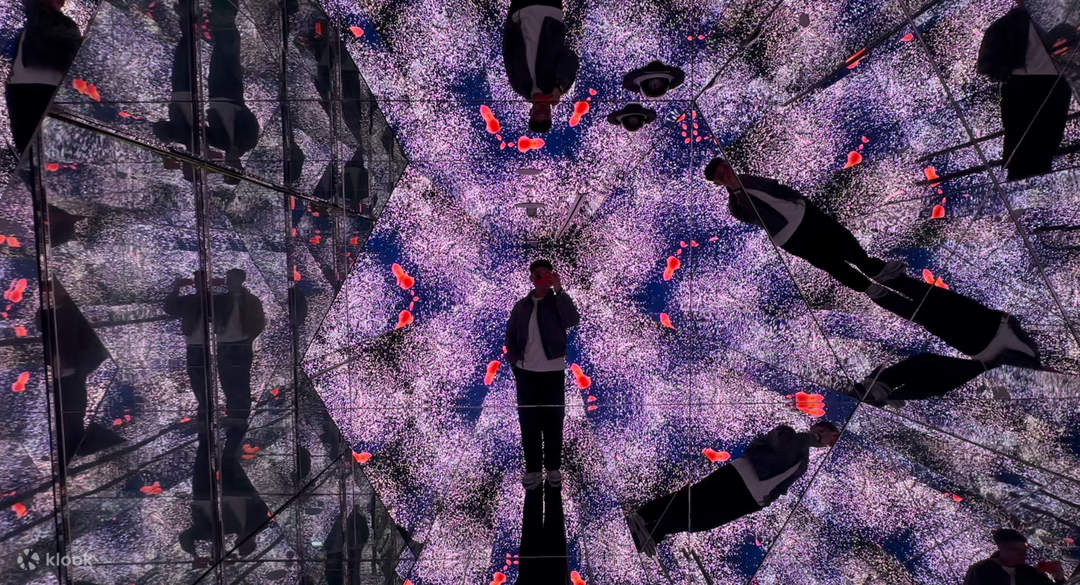
House of Hype in Dubai Mall features 18 immersive worlds and 14 shops. Image: House of Hype
Beyond play, malls continue to play a significant role in the purchasing journey, particularly for luxury goods. In fact, 80% of luxury sales in Saudi Arabia are expected to remain in malls through 2028, according to the Saudi State of Fashion 2024 report.
There are several reasons for this, says Chalhoub Group’s Chief of Country Managers, Fadi Jabbour. “For luxury, the physical store remains critical for sensory engagement and personalised service. This is why our store teams are evolving from ‘assistants’ to personal shoppers and curators, anticipating needs before they arise.”
As one of the Middle East’s leading luxury retailers, Chalhoub Group has made targeted investments in turning physical stores into lifestyle destinations. This includes creating VIP spaces with private viewing and concierge-level experiences; adopting AI-powered styling tools and virtual try-ons; setting up micro-fulfilment centres in Riyadh and Dubai to allow for two-hour delivery, “matching the pace of local life”; and spotlighting region-specific collections.
“We are seeing customers increasingly choose to shop at home rather than abroad, driving significant investment in high-end malls and flagship stores tailored to regional tastes in terms of offering and experience.” - Fadi Jabbour, Chalhoub Group’s Chief of Country Managers
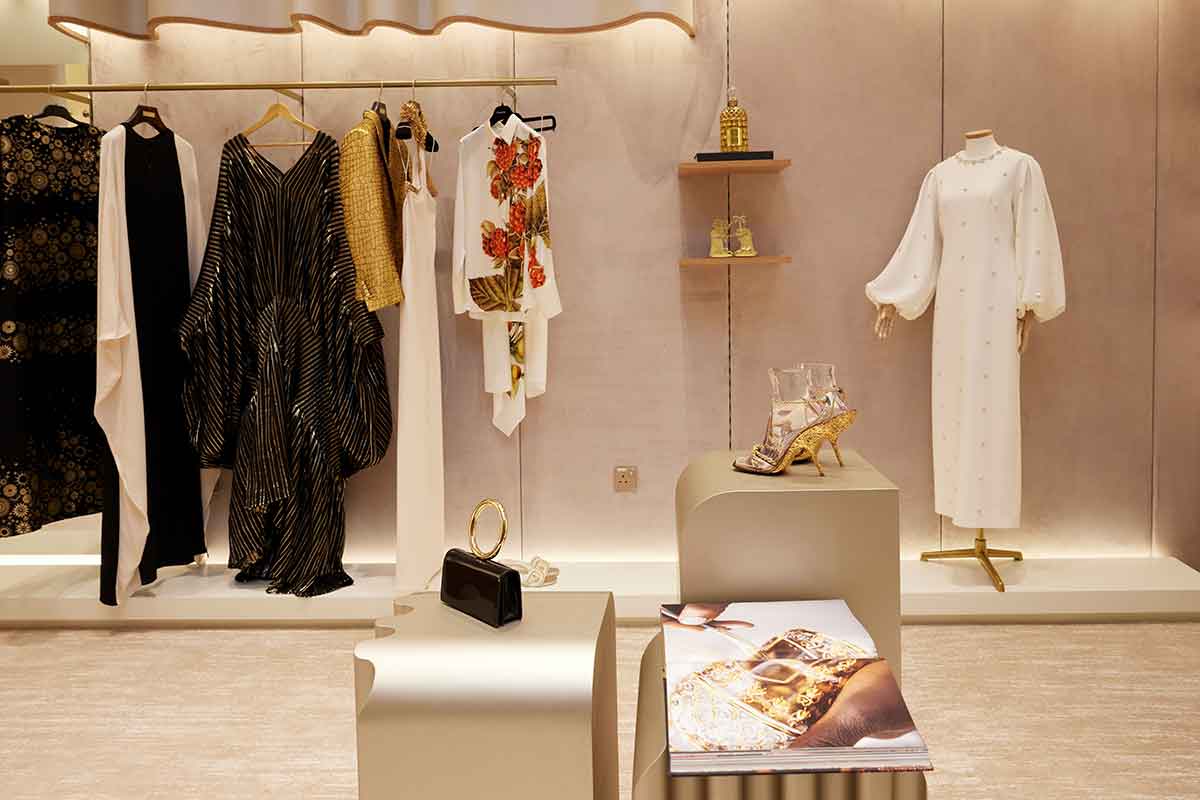
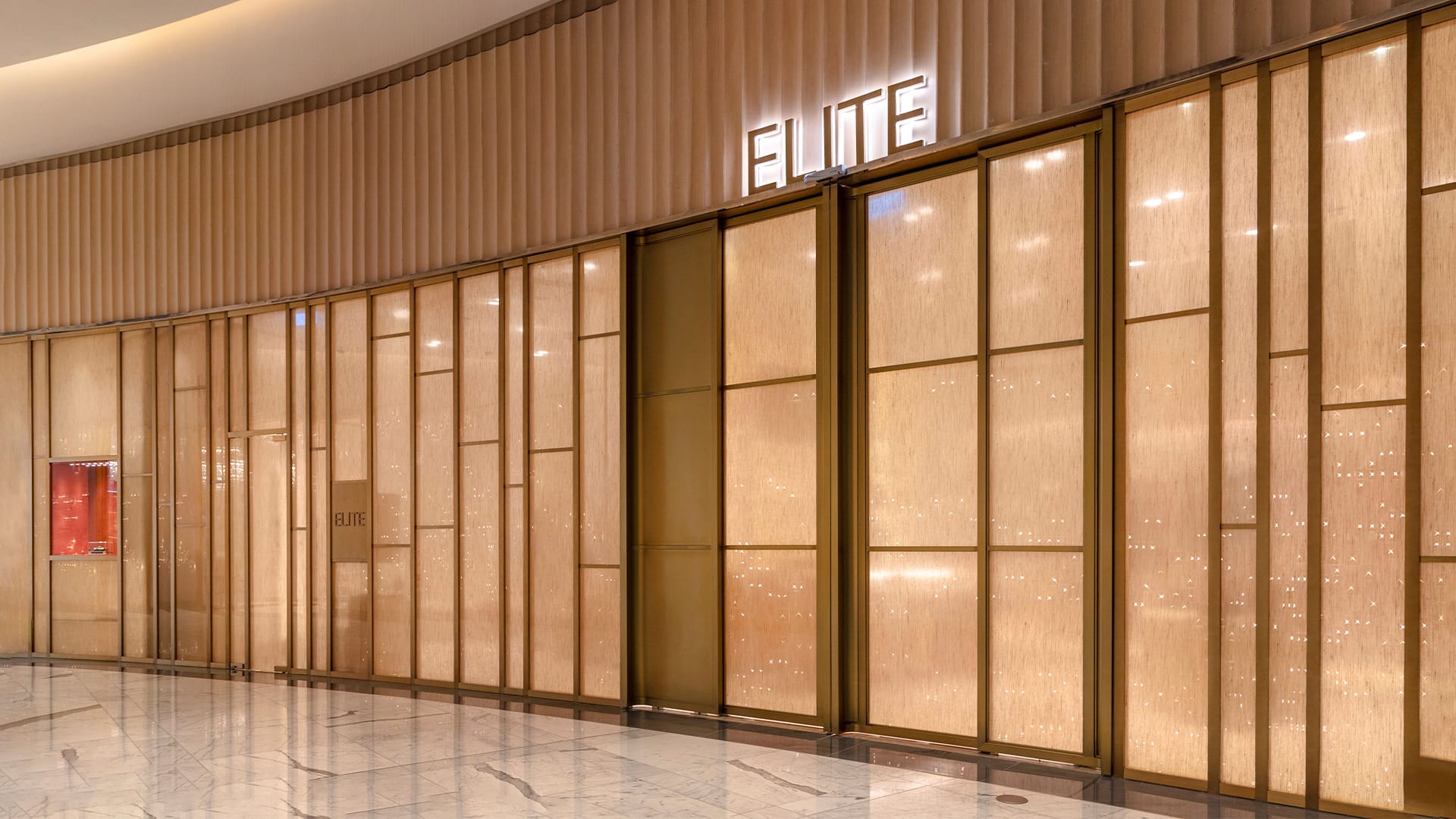
Chalhoub’s Elite Personal Shopping Suite in Dubai Mall offers personalised styling and concierge services to VICs. Image: Emaar Properties
According to a recent report by Knight Frank, Saudi Arabia is expected to see 4.9 million square meters of retail developments across its five largest cities by 2030, with over half of the upcoming projects incorporating entertainment zones, dining experiences, and cinemas. Already, this shift is paying off, with Riyadh’s occupancy rates up 5% year-over-year and mall rents up 4% in Q1 2025, reflecting growing tenant demand.
Major investments, such as Emirati retail conglomerate Majid Al-Futtaim’s $1.4 billion revamp of the Mall of Emirates and Dubai Mall’s $408 million expansion, further signal confidence in the region’s retail market.
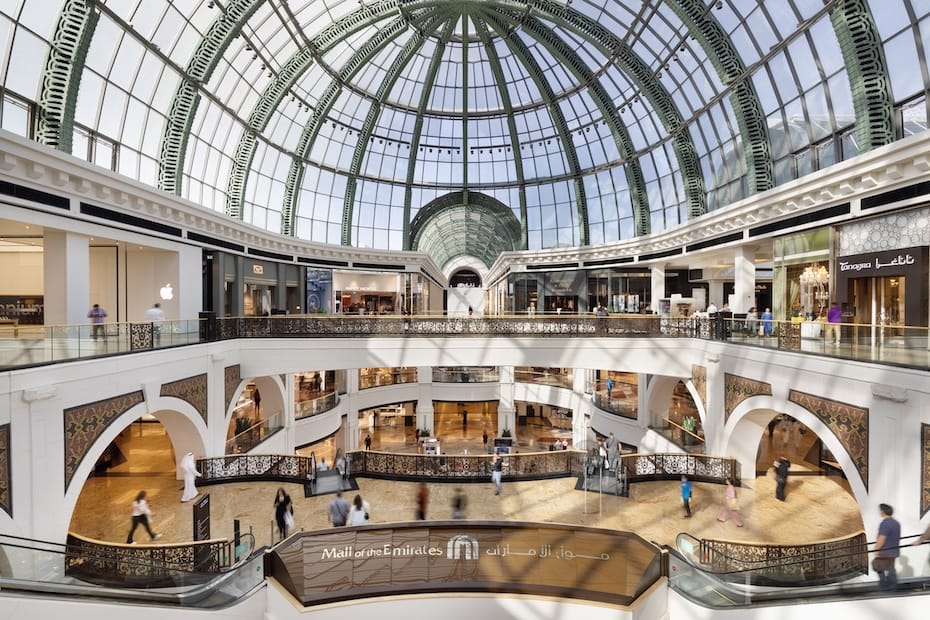
For brands aiming to stand out in these increasingly immersive malls, Jabbour recommends designing region-specific experiences and transforming flagship stores into hybrid spaces, “offering lounges, exhibitions, and community events.” He also says that brands should “expect more collaborations with cultural festivals, concerts, and seasonal events, making malls a full-day luxury experience rather than just a shopping trip.”
Passoni echoes this view. “Brands that want to stay ahead need to stop treating these spaces as commercial boxes and start using them as stages. Places to express who they are, not just what they sell. The future belongs to those who move with clarity, conviction, and local insight.”